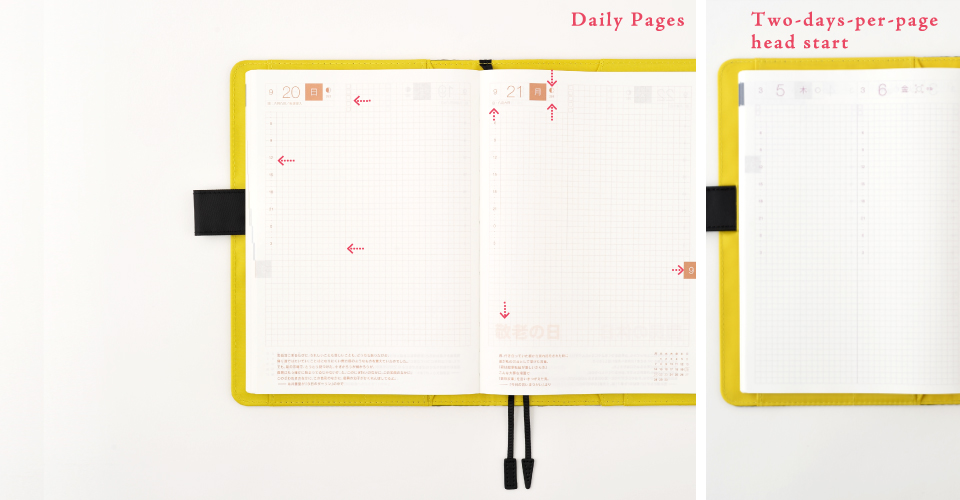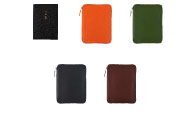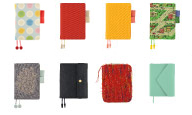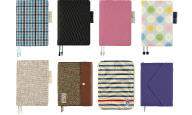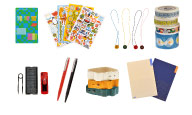Features
Daily PagesClick image to enlarge
24-hour timetable
Work and personal plans take place at different times of the day, so the Cousin techo uses a full 24-hour timetable to accommodate all schedules. Each hour is labeled with a dot, and every 30-minute mark is labeled with a line.

Daily quotes
From the heartfelt to the humorous to the whimsical, each page of the techo features a quote specially chosen from the techo's parent site, Hobo Nikkan Itoi Shimbun. Currently, the quotes for the Cousin version are only available in Japanese.

The "Secret Line"
There's also something we call the "Secret Line": a vertical line that runs parallel along the right of the timetable. This separates the schedule on the left from the open memo pad on the right. We've printed it lightly enough so that you can ignore it when using the page as a whole.

To-do list
The to-do list is located at the top of the page with five checkboxes for keeping track of your goals for the day. If five checkboxes aren't enough, it's easy to add more in the graph paper.

Day of the year
Underneath the moon phase is the cumulative day of the year, starting with Day 1 on January 1.

Moon phase
Daily pages feature illustrations of the moon phase of that particular day. The new moon (●) and full moon (○) symbols are surrounded by stars at their peak.

Old Japanese lunisolar calendar
The date of the old Japanese lunisolar calendar is also included under the day's date. This calendar was used in Japan until 1873 when Japan adopted the universal Gregorian calendar. Nowadays, certain days from this calendar are still celebrated across Japan, such as Hina-Matsuri (Doll Festival) on March 3 and Tanabata (Star Festival) on July 7. We've also included solar terms based on this ancient calendar.

Japanese holidays
Japanese holidays are labeled on the bottom left of the page background and printed in a light ink to make it easy to write over them.

12-color tabs
Similar to a dictionary, each month is labeled with a different colored tab on the edge of the page for easy reference, even when the book is closed. It is easy to flip ahead to write future plans, or flip back to read old pages. The tabs of the 2015 edition feature lighter colors to make it easier to read anything written over them.

3.7 millimeter graph paper
The Japanese techos have slightly smaller graph paper than the English Hobonichi Planner. The 3.7 millimeter graph paper was the result of extensive tests for an ideal size for writing in Japanese, although the size also provides comfortable writing in any language. Feel free to write along the lines of a single line or two – or just ignore the lines altogether.

Mini calendar
The daily pages also include a mini monthly calendar at the bottom of every two-page spread, and the dates of the pages being used are outlined.

Two-days-per-page head start
The daily pages start with March 2015 so you can get a head start on your planner, but the days of December 2014 are condensed into a two-day-per-page layout. These pages do contain many of the extras – like the moon phases, 24-hour timetable and to-do lists – but with more compact spacing.



